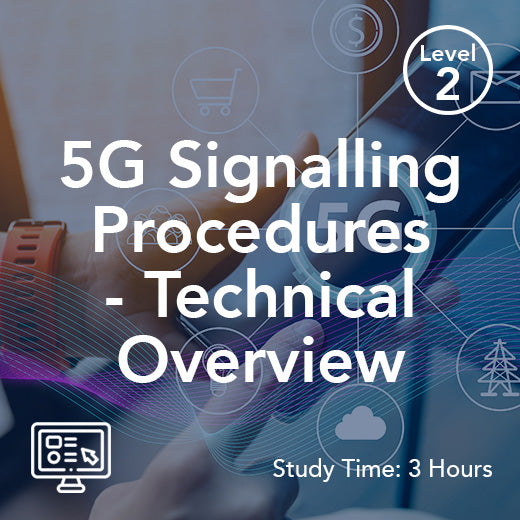Csfb Devre Anahtarlı Geri Dönüş
- , by Stephanie Burrell
- 2 min reading time
CSFB veya Devre Anahtarlamalı Geri Dönüş, Birleşik Krallık ve diğer ülkelerde büyük ilgi gören telekomünikasyon teknolojisinin önemli bir unsurudur. Mobil ağlar alanında CSFB, özellikle 4G'den eski 2G veya 3G ağlarına geçişte, kullanıcılara kesintisiz ses hizmetleri sağlamada önemli bir rol oynar.
Telekom teknolojilerinin karmaşık dünyasında gezinirken, CSFB'nin önemini anlamak büyük önem taşıyor. CSFB, özünde sesli aramaların gerektiğinde LTE şebekesinden 2G veya 3G şebekesine sorunsuz bir şekilde aktarılmasını sağlıyor. Bu süreç çok önemli çünkü LTE şebekeleri öncelikli olarak veri hizmetlerine odaklansa da, sesli aramaları verimli bir şekilde destekleyecek altyapıdan yoksun olabiliyor.
Birleşik Krallık'taki tüketiciler için, sesli aramaların güvenilirliği mobil deneyimlerinde önemli bir husus olmaya devam ediyor. İster sevdiklerinizle iletişim kurun, ister iş görüşmeleri yapın, ister acil servislere ulaşın, kesintisiz sesli arama yapabilme ve alabilme olanağı vazgeçilmezdir. İşte tam bu noktada CSFB devreye girerek, kullanıcıların LTE kapsama alanının sınırlı olduğu bölgelerde bile kesintisiz ses hizmetlerinden yararlanabilmelerini sağlar.
Birleşik Krallık'ın kent merkezleri, kırsal alanlar ve bunların arasında kalan her şeyle karakterize edilen çeşitli coğrafyası bağlamında, CSFB'nin önemi daha da belirginleşiyor. Büyük şehirler güçlü bir LTE kapsama alanına sahip olsa da, kırsal bölgeler veya uzak bölgeler sesli iletişim için hâlâ 2G veya 3G ağlarına ihtiyaç duyabilir. CSFB bu teknolojik boşluğu kapatarak ülke genelindeki kullanıcıların konumlarından bağımsız olarak bağlantıda kalmalarını garanti ediyor.
Dahası, mobil ağların 5G'ye doğru evrimi, CSFB'nin önemini daha da vurgulamaktadır. Operatörler, ultra hızlı veri hızları ve düşük gecikme süreleri sunmak için 5G ağlarını devreye alırken, 2G ve 3G gibi eski teknolojilerle geriye dönük uyumluluğun sağlanması hayati önem taşımaktadır. CSFB, operatörlerin 2G veya 3G ağlarına geri dönüş yoluyla sesli arama desteğini korurken, veri hizmetleri için 5G'nin avantajlarından yararlanmalarını sağlayan bir geçiş mekanizması görevi görmektedir.
Yeniliklerin sürekli olduğu ve kullanıcı beklentilerinin artmaya devam ettiği dinamik telekomünikasyon ortamında, CSFB'nin mobil deneyimi geliştirmedeki rolü göz ardı edilemez. Birleşik Krallık'taki tüketiciler kesintisiz bağlantı ve güvenilir ses hizmetleri talep ettikçe, operatörlerin bu beklentileri karşılamak için CSFB gibi teknolojilerden yararlanmaları gerekmektedir. Operatörler, ağ verimliliğine, birlikte çalışabilirliğe ve kullanıcı deneyimine öncelik vererek CSFB'nin hizmet tekliflerinin temel taşı olmasını sağlayabilirler.
Sonuç olarak, CSFB, Birleşik Krallık'taki kullanıcıların değişen ihtiyaçlarını karşılamada telekomünikasyon teknolojilerinin uyarlanabilirliğinin ve dayanıklılığının bir kanıtıdır. 5G, IoT ve ötesiyle tanımlanan bir geleceğe doğru ilerlerken, CSFB'den edinilen dersler - birlikte çalışabilirlik, güvenilirlik ve kullanıcı odaklı tasarım açısından - Birleşik Krallık'ta ve dünya genelinde mobil ağların gidişatını şekillendirmeye devam edecektir.

































